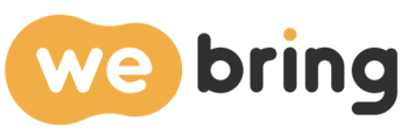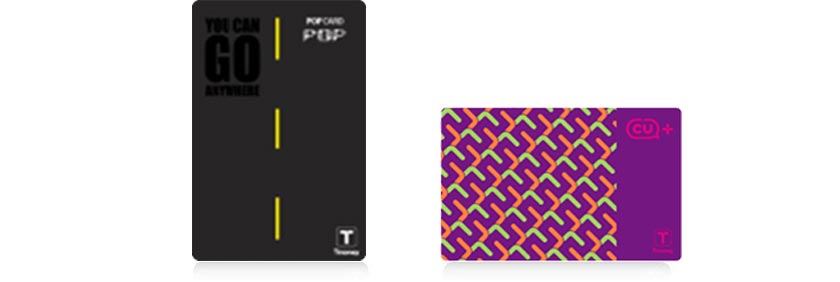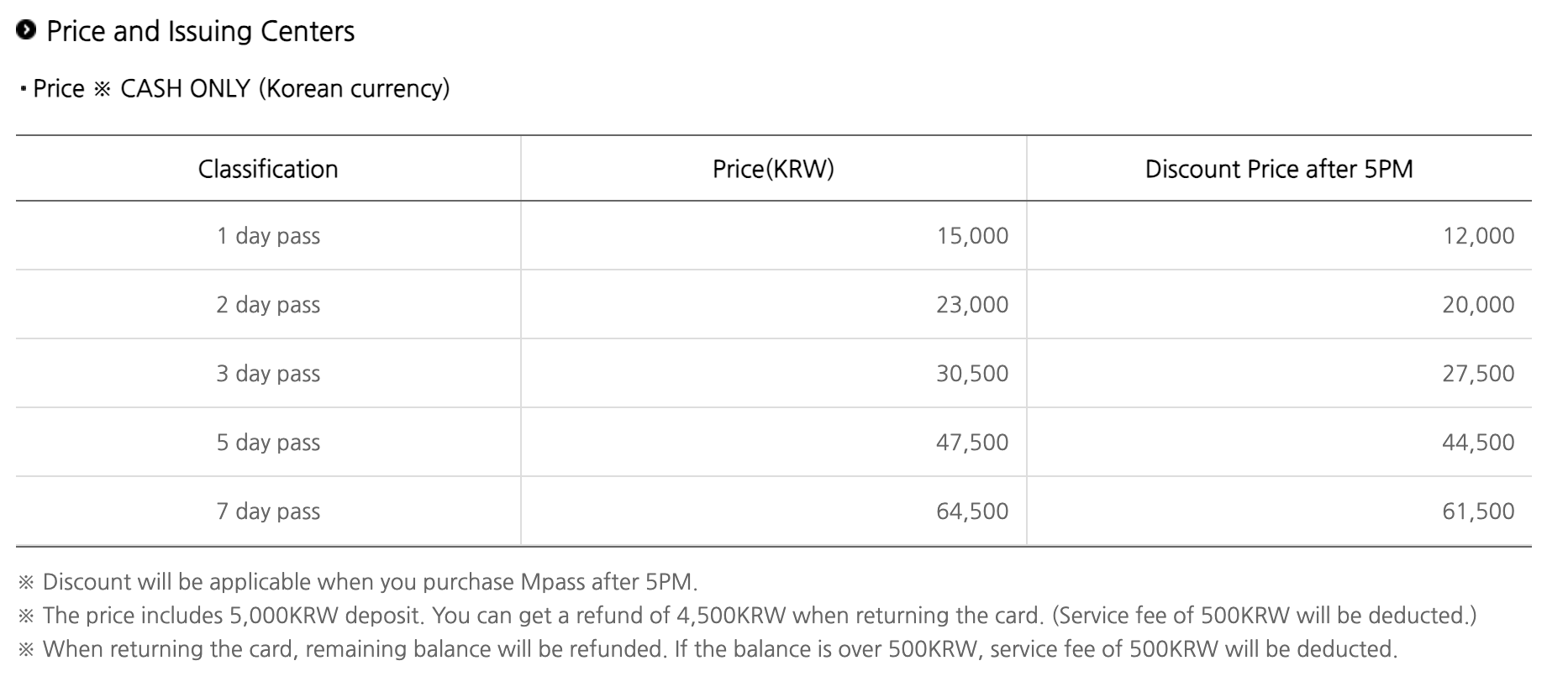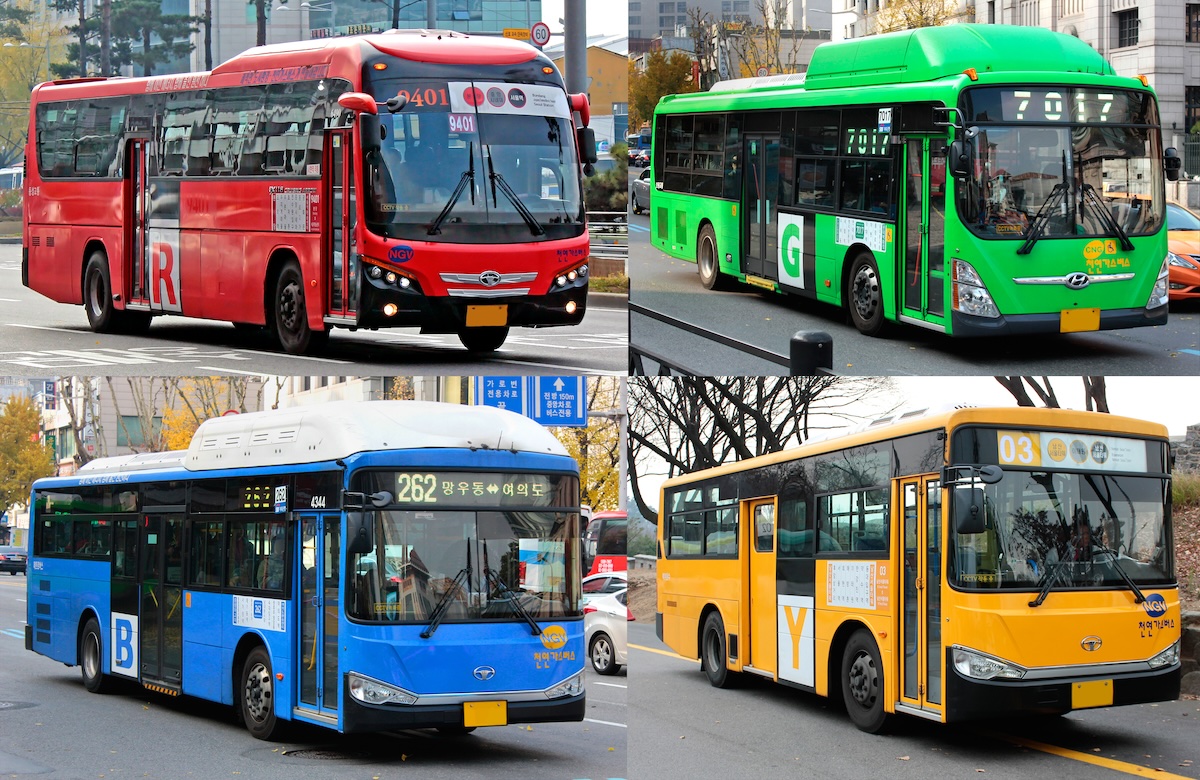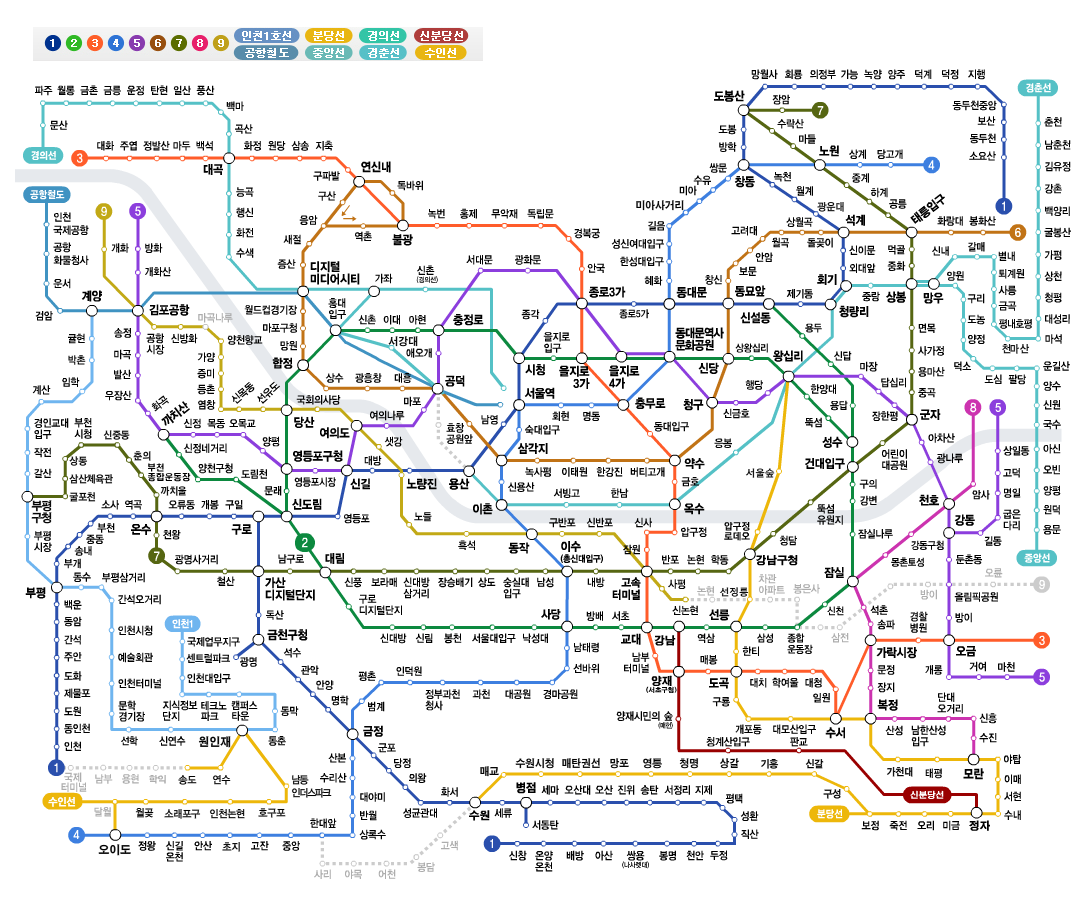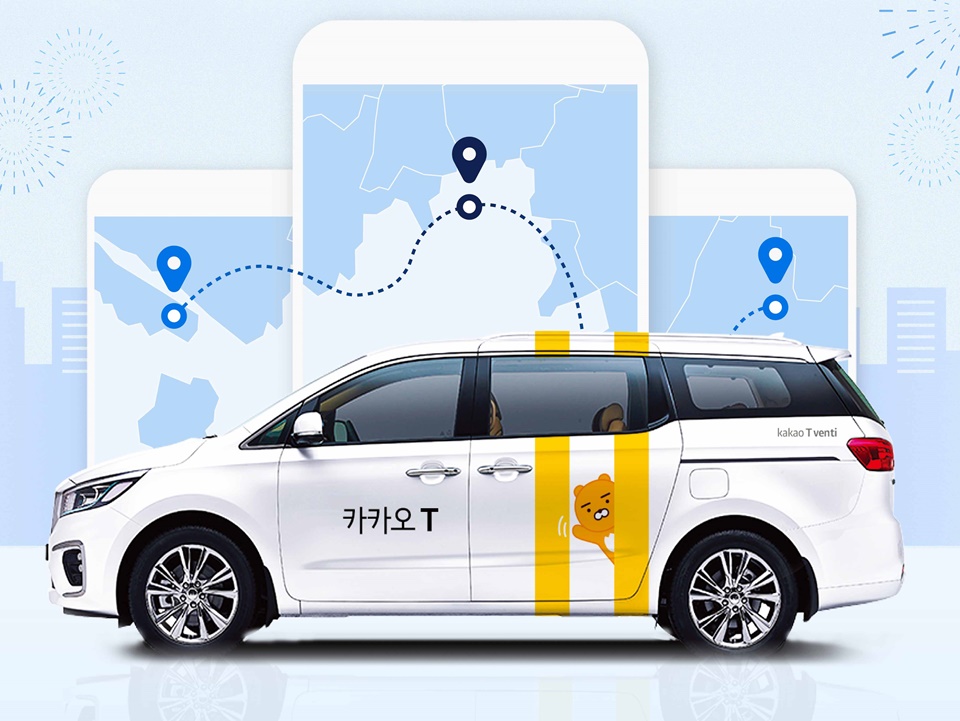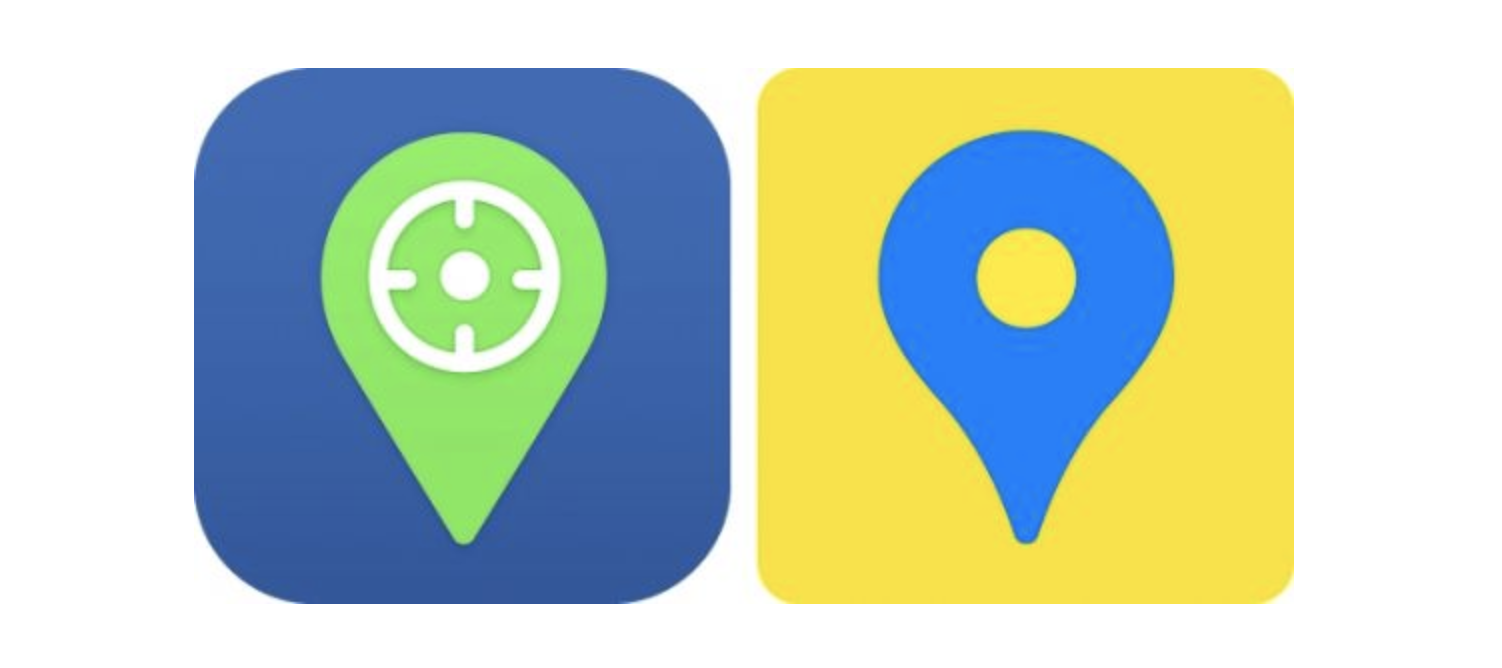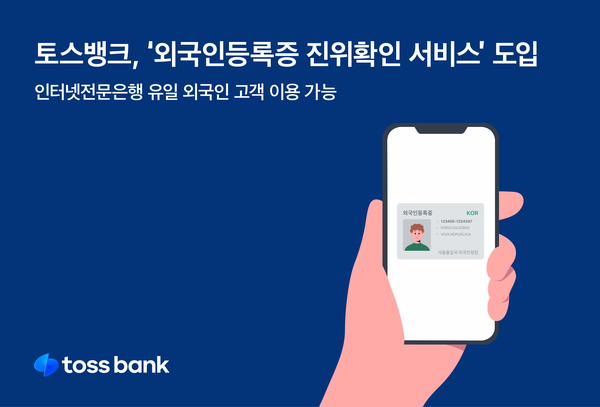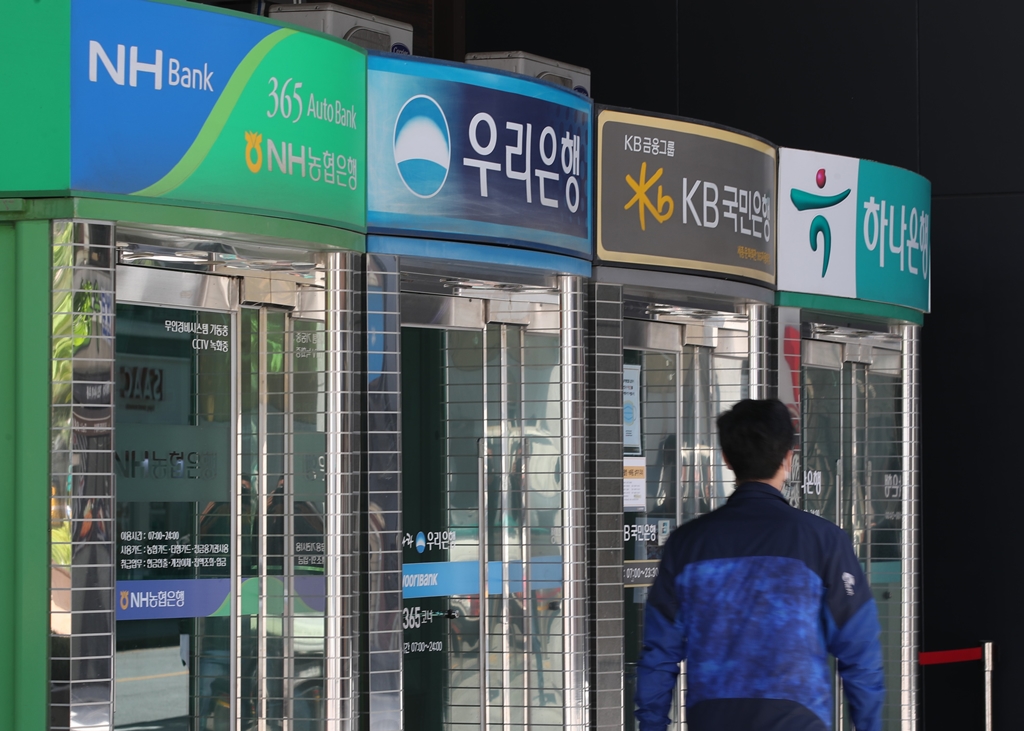How much do you know about Korea festivals? Today, I’d like to introduce Korea’s fascinating festivals to foreigners living in Korea. Korea has unique festivals in each region throughout the four seasons, giving visitors an unforgettable experience. Having traveled around the world and experienced many festivals, I can tell you that these festivals are a great way to deepen your understanding of Korean culture and have fun. If you’re interested, you should definitely check them out and take part in them all. Let’s take a look at the top festivals for each month from January to December! This is part 24 in a series of articles in The Expat’s Complete Guide to Living in Korea.
1) Pyeongchang Trout Festival, Hwacheon Sancheon Trout Festival
If you want to experience Korea’s winter firsthand, we recommend the Pyeongchang Trout Festival and the Hwacheon Mountain Trout Festival. You can go fishing and catch trout and wild trout, which you can then cook and eat right away. The highlight of the festival is the hands-on programs like catching trout by hand. Even though it’s cold in the middle of winter, you’ll have a great time catching trout with your own hands.
2) Gyeongbokgung Palace Lunar New Year Folk Festival
In January, there are many folk festivals held around the Lunar New Year holiday. One of them is the Lunar New Year Folk Festival held at Gyeongbokgung Palace in Seoul. There are various events such as folk games, Korean music performances, and food markets, and foreign tourists especially love to experience a traditional wedding. It’s a truly exotic and special experience to get married in colorful wedding clothes.
3) Busan Chungwol Daeborum Moon Festival
Secondly, in February, folk beliefs and customs are preserved and festivals are held all over the country. At the Busan Jwondae Moon Festival, you can experience a large kite flying demonstration, a wish tunnel, photo zones (LED large full moon, LED cube chair, and life necklace), and try your hand at spirit mountain tug-of-war, wish writing, traditional folk games, and traditional craft making. Flying a kite with wishes tied to it high in the sky is a great way to fulfill your New Year’s wishes. Foreigners can also learn how to make a kite, so it’s a good idea to participate.
4) Korea Festival: Jinhae Cherry Blossom Gunhang Festival
From March to April, spring is in full bloom, and there are many spring flower festivals, including plum blossoms and cherry blossoms. Jinhae Gunhangje is the most famous. The cherry blossom tunnel that runs from Gyeonghwa Station to Yeojwacheon is spectacular, and at night, it is illuminated to create a dreamy atmosphere. It is a great festival for couples and families to go out. Of course, there are other cherry blossom festivals around the country, including Yeouido in Seoul, so it’s worth checking out your local festival.
5) Korea Festival: Jeonju Daeseokhapnori
Jeonju is home to many cultural festivals, including film festivals and international theater festivals. Among them, Daesaehaknori is widely known as a Joseon Dynasty folk festival. People of all ages dress up in beautiful hanbok and feel like they’ve traveled back in time. Foreigners can also try on hanbok, so be sure to join in! The festival is usually held from May to June.
6) Korea Festival: Everland Tulip Festival
May is the month of families, so it’s a popular time for family outings. On Children’s Day, there are many children’s festivals in each region. The Tulip Festival at Yongin Everland is a great family outing where you can enjoy colorful tulips in a European-style garden. The Everland Tulip Festival is held from March to June, so you can visit it at your leisure. There are other flower festivals held around the country during this time, and the Goyang International Flower Fair where roses are in full bloom is a must-see.

7) Korea Festival: Lantern Festival
On Buddha Day, temples celebrate with lantern festivals, where people light lanterns at Buddha altars to pray for peace of mind. Usually held between April and May, it’s a wonderful festival that takes place around Gwanghwamun Square, Jogyesa Temple, and Bongunsa Temple in Seoul.
8) Korea Festival: Boryeong Mud Festival
The Boryeong Mud Festival is typically held in June, which is known as early summer. It is a festival where foreigners can enjoy various mud experiences such as mud massage and mud wrestling. It is fun to get covered in mud without worrying about pollution against the backdrop of the clear blue Boryeong sea. It is especially popular among foreigners. The 2024 Boryeong Mud Festival will be held from July 19 to August 4 at Daecheon Beach.
9) Korea Festival: Incheon Pentapot Rock Festival
During the summer season, there are many music festivals that are popular among foreigners, and the Incheon Pentapot Rock Festival is one of them. You can enjoy the festival until late at night and even go camping, which is a great way to beat the heat. The festival schedule changes slightly every year, so it is recommended to check the official website for information on the schedule and tickets before visiting.
10) Korea Festival: Gwangju Kimchi Festival
The kimchi making experience at the Gwangju Kimchi Grand Festival is a highlight, with foreign participants having a lot of fun tossing and slicing cabbage. Don’t miss the chance to experience Korea’s most famous food, kimchi, for yourself. It’s usually held in November.
11) Korea Festival: Fall Foliage Festival
One of the best ways to enjoy the peak of fall is at an autumn festival. Korea has four distinct seasons, so in the fall, all the mountains are covered in colorful leaves. Just like the spring flower festivals, autumn festivals offer a great way to enjoy the changing of the seasons. The most recommended festival is the Hwadam Forest Maple Festival.
With more than 400 types of maples, including gut maple, woolly maple, and Norway maple, covering the entire mountain, the autumnal scenery of Hwadam Forest is reminiscent of a watercolor painting. You can enjoy it at a leisurely pace on the gentle trails that are easy for all ages, or you can take the monorail for a convenient view. Advance reservations are required. There are other mountains throughout the country that are famous for their fall foliage, including Mount Naejangsan.

12) Korea Festival: Seoul World Fireworks Festival, Busan Fireworks Festival
The Seoul World Fireworks Festival is held near the Hanwha 63 building in Yeouido, and has grown to become one of the world’s leading fireworks festivals. The Busan Fireworks Festival is held near the Gwangalli Beach in Busan, and is held in October and November, respectively, and you can watch amazing fireworks accompanied by a variety of music.
13) Seoul Christmas Festival, Seoul Light Lantern Festival, Haeundae Light Festival in Busan
In December, there are plenty of festivals to get you in the Christmas spirit. The Seoul Christmas Festival is famous for its colorful lights and performances that light up the winter nights. For expats, it’s a bit of a hometown Christmas, perfect for a warm and romantic holiday celebration with family, friends, or your significant other.
Korea’s four seasonal festivals are a combination of colorful, traditional, and natural beauty that will satisfy your senses, so be sure to check out the festival schedule when you’re in Korea and join in the fun. You’ll find yourself shouting “Korea’s festivals are the best!” in the midst of all the excitement and fun, and we’re sure you’ll have a blissful time making special and valuable memories.
